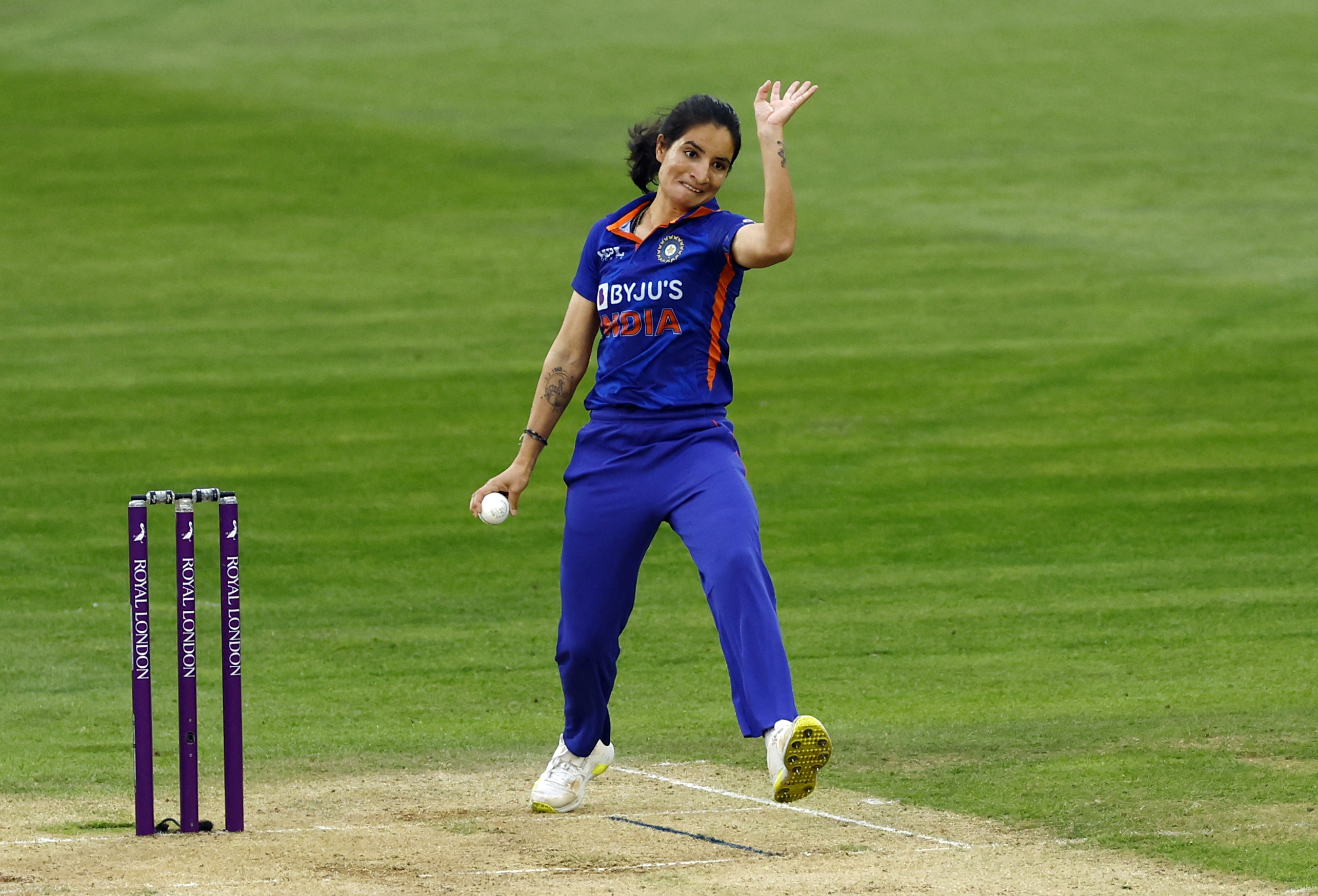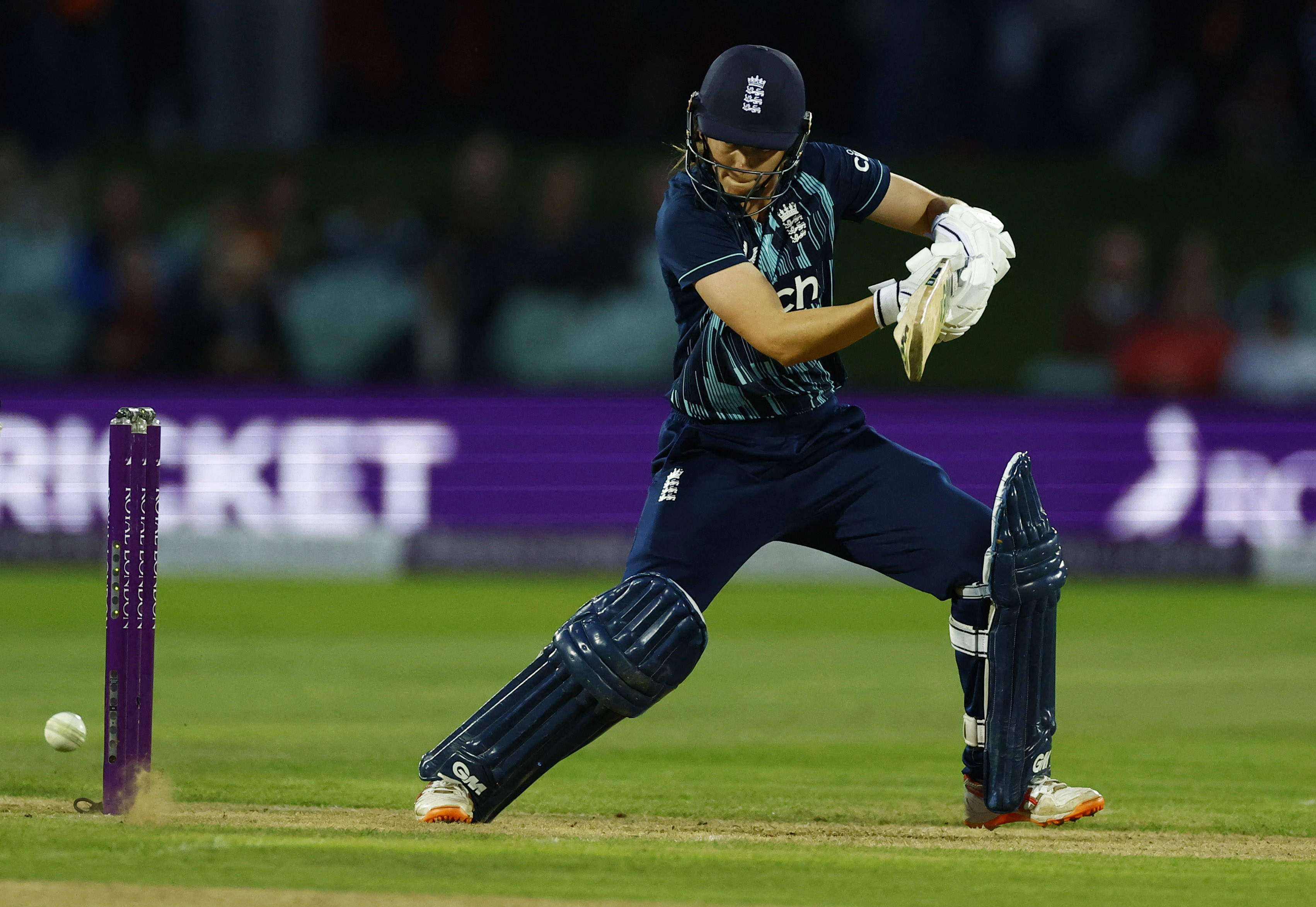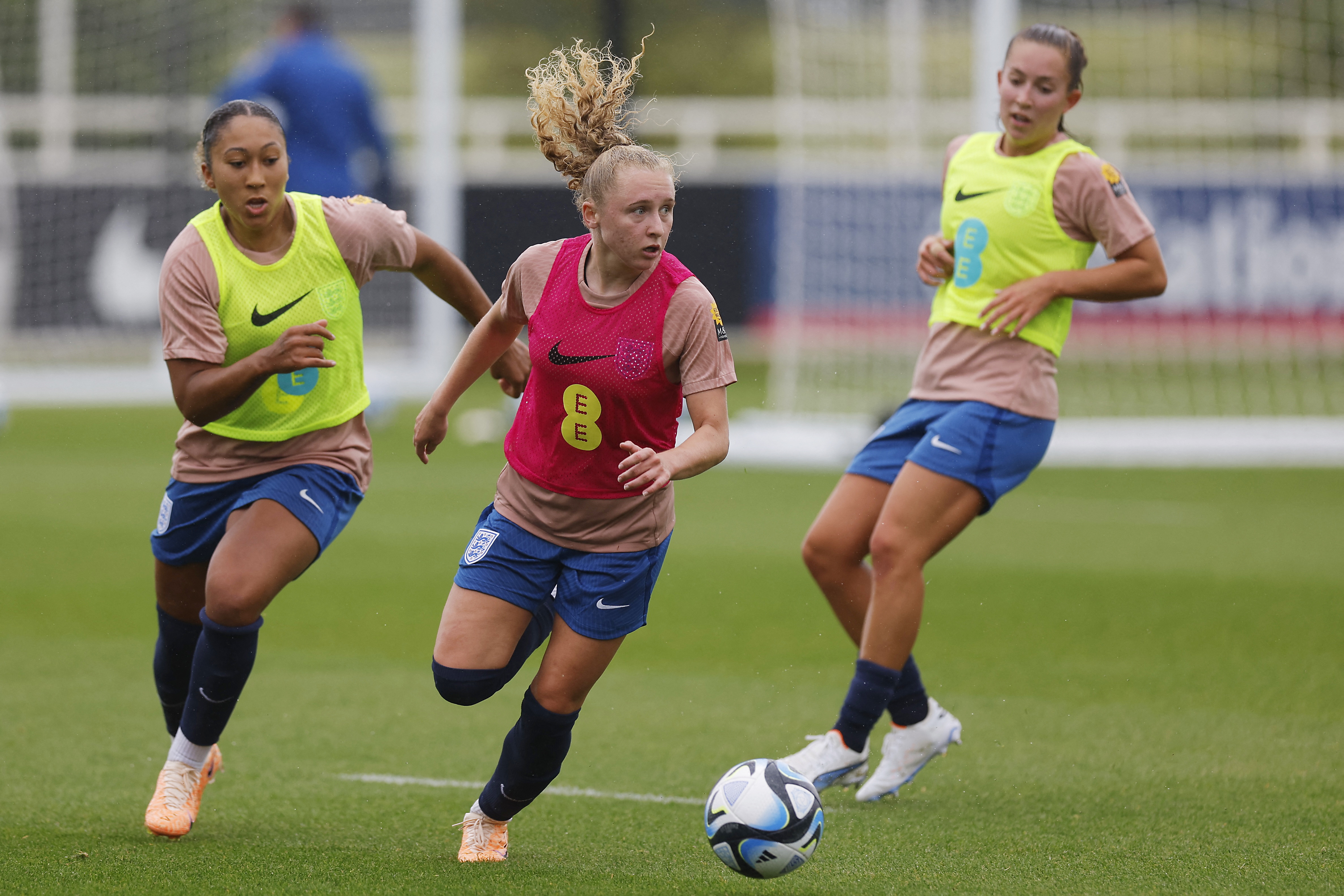You are viewing 1 of your 1 free articles
Periodization: game, set, and the menstrual cycle

The number of women participating in exercise and professional sport has risen significantly over the past three decades. At the Tokyo 2020 Olympics, about half of the competitors were female. The training programs of female athletes may require different parameters and periodization structures due to physiological differences. The hormonal fluctuations of the menstrual cycle (MC) may impact the cardiovascular, respiratory, and neuromuscular systems, and likewise, changes in these systems can disturb the MC. Optimal physiological function is essential for performance and recovery.
The menstrual cycle
There are two MC phases. The follicular phase begins from the first day of menses until ovulation. Both estrogen and progesterone levels are low during the early follicular phase (menstrual bleeding)(1). Follicle-stimulating hormone (FSH) causes the egg to mature in an ovary and stimulates the ovaries to release estrogen. Estrogen rises in the mid-late follicular phase, peaks just before ovulation, and inhibits FSH from being produced (so that only one egg matures per cycle). Estrogen is also responsible for the repair, thickening, and maintenance of the uterus lining. It then stimulates the pituitary gland to release luteinizing hormone (LH), which initiates ovulation (the release of a mature egg)(1). In the luteal phase, estrogen levels remain high, and progesterone also rises. Progesterone maintains the uterus lining during the latter part of the menstrual cycle and pregnancy (see figure 1)(1).Figure 1: The menstrual cycle and hormonal fluctuations*

*Adapted from a graphic created by Dr. Laura Bowen, lead women’s and girls’ sports scientist at Southampton FC. Used with permission from Women’s Soccer Coaching. 2021 Feb;03:9.
Menstrual cycle symptoms
Up to 90% of women experience premenstrual symptoms, with 51-93% of female athletes reporting impaired performance during their MC(2). Premenstrual syndrome (PMS) and primary dysmenorrhea are the two most common negative symptoms of the MC. Premenstrual syndrome is a range of physical and psychological symptoms just before menstruation, and primary dysmenorrhea is chronic and cyclic pain before and during menstruation(2). Mood changes, increased anxiety, changes in appetite or cravings, breast pain, and increased fatigue are prevalent during PMS and primary dysmenorrhea(2).The adverse outcomes of PMS and dysmenorrhea may lead to reduced training frequency and competitive events. In addition, the need for analgesia may impact performance and perceived wellbeing and exertion during physical activity(2). However, females appear to overcome these symptoms during important events, as demonstrated by Chinese swimmer Fu Yuanhui at the Rio Olympics(2). The psychological impact of MC symptoms on health and wellbeing highlights the importance of athlete monitoring and management during training programs.
Performance implications
The MC symptoms may influence performance. The hormonal fluctuations may impact performance parameters such as muscle strength and mass, reaction time, speed, competitivity, and injury risk(3). In addition, the functions of estrogen and progesterone on the skeletal and neuromuscular systems may influence strength training outcomes in women(4).- Estrogen:
Estrogen has an anabolic effect and assists muscle building, repair, and regeneration, such as hypertrophy and protein synthesis(4). Estrogen improves muscle mass and strength and increases the collagen content of connective tissues. Whereas estrogen improves function in bone and muscle, tendon and ligament stiffness decreases directly impacting performance and injury rates. The laxer joints and better repair following injury would facilitate healthy childbirth and recovery from an evolutionary standpoint. However, the physiological effects of estrogen contribute to decreased power and performance and make women more prone to ligament injuries(5).
- Progesterone:
The role of progesterone on muscle function and performance is yet to be extensively understood. However, preliminary evidence suggests that progesterone may stimulate muscle synthesis(6).
However, researchers at the Camilo José Cela University in Spain found no difference in strength and power performance throughout the MC when testing one repetition back squat(7). Although this may suggest performance is unaffected in one-off situations, adaptations in muscle strength and hypertrophy may occur long-term if the frequency of resistance training is modified to be higher during the follicular phase and lower in the luteal phase(8). Furthermore, this programming would capitalize on the anabolic properties of estrogen combined with increased muscle protein synthesis from a higher training frequency and, therefore, may yield more significant muscle gains(8).
Aerobic exercise performance appears worse during the mid-luteal phase of the cycle, with lower power output levels and higher rates of fatigue(9). The impact of mood on the rating of perceived exertion will impact training intensity. Although the mood disturbance is abolished post-exercise, most likely through the endorphin response, the session’s intensity may be negatively affected(9).
Oral contraceptives
Almost half of elite female athletes utilize hormonal contraceptives, with a third on oral contraceptives (OC)(10). The OC contains synthetic progesterone variations alone or with estrogen and primarily prevents ovulation(11). Unfortunately, oral contraceptives down-regulate the concentrations of estrogen and progesterone and thus may reduce exercise performance(12). This is similar to the exercise response seen during the early follicular phase when both hormones are at their lowest and highlights the need to consider the effects of OC use within females in sport(13).Periodization
Regular athlete MC monitoring over three to six months can help identify areas of concern. The athlete and clinician can then formulate an individualized MC profile. To optimize training, athletes can adapt training and competition schedules to meet the changes they experience during each phase of their MC. In addition, an understanding of the impact of MC on physical and psychological performance may positively influence mental health by managing performance expectations.Pain has a profound impact on performance. Therefore, analgesic management during pre-menstruation (luteal phase) is vital to ensure athletes can train comfortably. Yoga and aerobic exercise have analgesic benefits through exercise-induced endorphin release and anti-inflammatory effects of regular moderate-intensity exercise(14,15). Therefore, the prescription of yoga or moderate-intensity aerobic exercise may assist in natural pain relief. However, during the mid-luteal phase, fatigue is common and may impact aerobic exercise intensity(9).
Exercise participation during the mid-luteal phase will aid in reducing the associated mood disturbances(10). Throughout the process of individualized program development, athlete education is essential. Education on mood fluctuations, decreased motivation, and fatigue, may encourage athletes to continue participation during this phase. Autoregulation is a training periodization approach that aims to adjust training prescription to the athlete’s daily capabilities(16). These adjustments ensure optimal training intensity. For example, clinicians reduce the intensity on days when the athlete is tired and maximize on days when they have the potential to push harder.
Strength training is essential for the development of muscle strength and mass. Front-loading strength training during the follicular phase (four sessions per week) and then 1-2 sessions per week during the luteal phase, is superior to spreading strength sessions equally throughout the cycle(17,18). Therefore, resistance training during the first two weeks of the MC results in a more significant lean body mass gain than regular training(18).
Limitations and future research recommendations
The complexity of performance makes definitive clinical recommendations difficult. Clinicians need to consider the role of training load, recovery, nutrition, and injuries when developing individualized programs for female athletes. Most of the current research is within a laboratory setting or closed-skill physical tests. Therefore, the consequence on open-skill, sport-specific outcomes is challenging to determine. Future research should aim to include sport-relevant outcomes to assist in developing recommendations for female athletes. The development of evidence-based recommendations for training individualization according to each MC phase to improve performance is yet to be established(19).Summary
Each athlete responds differently to training stressors throughout the MC. The hormonal fluctuations may impact sports participation and performance. Clinicians will need to consider the individual differences when prescribing aerobic and strength programs. In addition, the effect of OC may reduce performance due to their reduction of hormone concentrations. Clinicians, trainers, and athletes should continue developing awareness, knowledge, and understanding of the role of the MC in performance.References
- Sports Medicine. 2020; 50: 1813-1827.
- Br J Sports Med. 2020; 54: 1108-1113.
- Br J Sports Med. 2021; 55: 438-443.
- Sports Medicine. 2019; 49(11), 1637-1650.
- Physiol. 2019; 9: 1834
- Biol Sex Differ. 2019. 10, 43
- J Human Kinetics. 2019; 68: 123-133.
- Springerplus. 2014; 3:668.
- Med and Sci in Sports and Exer. 2021; 53(2):442-452.
- Int J Sports Physiol Perform. 2018; 13(7): 926-932.
- Hormones & Behav. 119 (2020) 104655.
- Sports Med. 2020; 50: 1785-1812.
- Br J sports Med. 2005; 39(1): 15-19.
- Clin Cardiol. 1984;7:255–60.
- J Appl Physiol. 2005;98:1154–62.
- Block Periodization: Breakthrough in sports training. 2003
- Springerplus. 2014; 3(1): 1-10.
- J Sports Med and Fitness. 2017; 57(1-2): 43-52.
- Front Physiol. 2021; 12:654585.
Related Files
Newsletter Sign Up
Subscriber Testimonials
Dr. Alexandra Fandetti-Robin, Back & Body Chiropractic
Elspeth Cowell MSCh DpodM SRCh HCPC reg
William Hunter, Nuffield Health
Newsletter Sign Up
Coaches Testimonials
Dr. Alexandra Fandetti-Robin, Back & Body Chiropractic
Elspeth Cowell MSCh DpodM SRCh HCPC reg
William Hunter, Nuffield Health
Be at the leading edge of sports injury management
Our international team of qualified experts (see above) spend hours poring over scores of technical journals and medical papers that even the most interested professionals don't have time to read.
For 17 years, we've helped hard-working physiotherapists and sports professionals like you, overwhelmed by the vast amount of new research, bring science to their treatment. Sports Injury Bulletin is the ideal resource for practitioners too busy to cull through all the monthly journals to find meaningful and applicable studies.
*includes 3 coaching manuals
Get Inspired
All the latest techniques and approaches
Sports Injury Bulletin brings together a worldwide panel of experts – including physiotherapists, doctors, researchers and sports scientists. Together we deliver everything you need to help your clients avoid – or recover as quickly as possible from – injuries.
We strip away the scientific jargon and deliver you easy-to-follow training exercises, nutrition tips, psychological strategies and recovery programmes and exercises in plain English.










